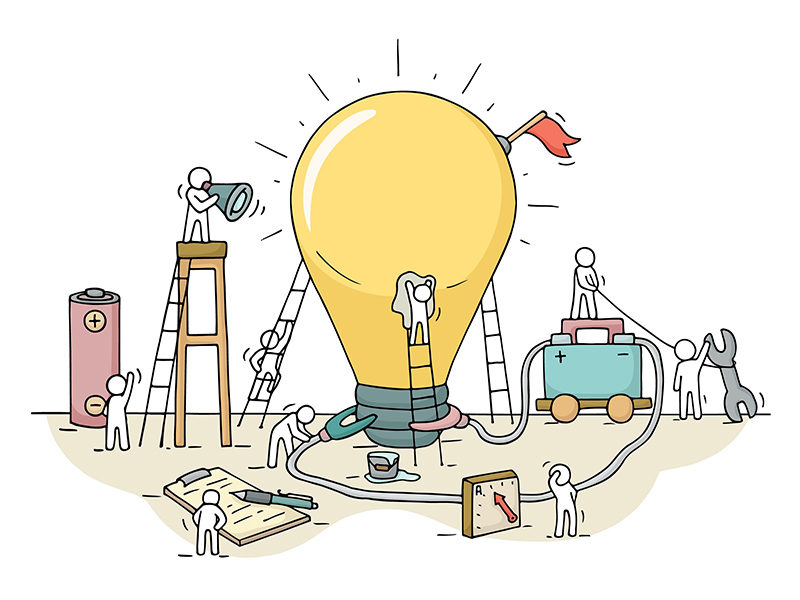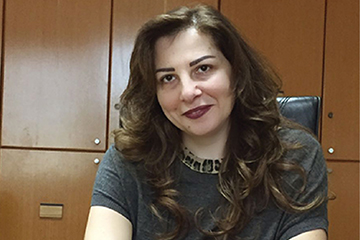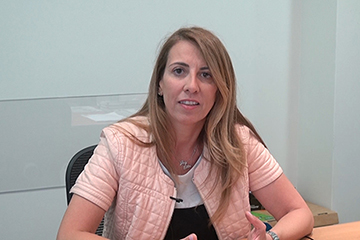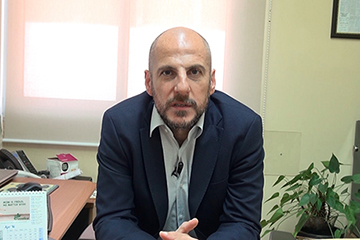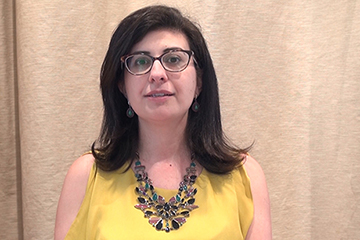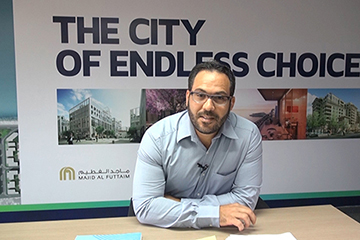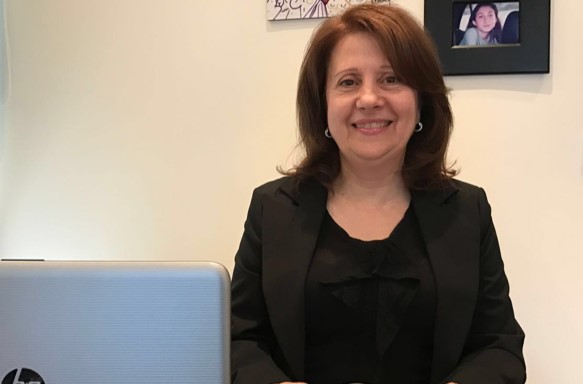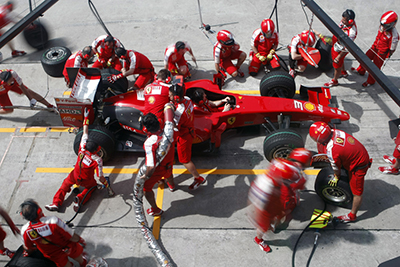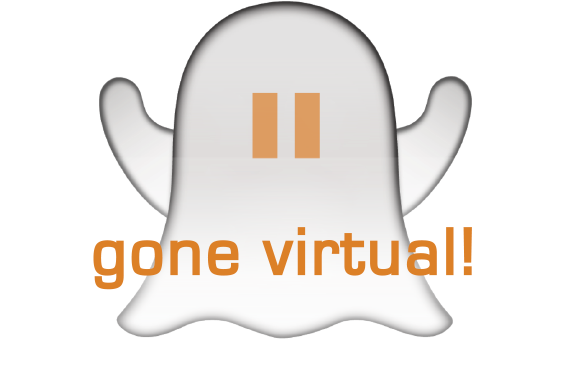3 Ways Coaching Improves Creativity & Performance
In today’s hyperactive world, organizations face the challenge of sustaining employee creativity and performance. The work environment is increasingly stressful, and though some may perceive stress as a kick starter for productivity, studies have shown quite the opposite; stress may heighten our motor functions, but it decreases perception, cognition and creativity.
So how do we foster creativity?
Dr. Gerard Puccio, Department Chair and Professor at the International Center for Studies in Creativity, Buffalo State, describes creativity as a set of skills that anyone can improve; that all that is required is an open mind, the determination to succeed, and a creative toolkit to develop and hone skills. Which is where coaching comes in, a tool to influence creativity and performance in the workplace by helping make the most of an organization´s most valuable resource, people.
1.Collaboration Is Key
Coaching is a process of collaboration and co-creation designed to help achieve goals. The coach works with employees to identify and set the ground for clearer goals, while establishing management strategies to ensure they are met; all the while encouraging employees to partake in fulfilling the organization’s vision. Employees do not need to be pushed to perform, rather shown how their contributions help solve problems.
Apart from encouraging creativity and productivity by making employees feel significant in their organization, a coach supports them in pursuing new ideas and alternative solutions; collaborative brainstorming encourages fresh perspectives and provides the space for ideas to flow; “the best way to have a good idea is to have a lot of ideas.” – Linus Pauling
Creativity is not a requirement of the creative department, it encompasses the organization as a whole.
2.Creativity Thrives with Leadership Support
According to a study by Adobe, companies that embrace creativity outperform peers and competitors. High performance is seen in environments where leaders provide processes and funding to back creative initiatives. Employees are tired of being told what to do, but eager to learn and remain relevant; they want continuous coaching and leaders who pay attention.
Coaches are trained to help inspire employees to fulfill their personal and professional potential, and activate their natural talents. They help develop communication skills, and a fresh perspective on personal challenges and opportunities – which increases confidence, thinking, and decision-making. A coach encourages employees to think creatively and motivates them based on an understanding of their tendencies as individuals, all the while providing the space necessary for inclusive and creative sharing of ideas.
3.The Art of Releasing Potential
If you have trouble keeping/finding great employees, investing in coaching is an ideal way to develop employees and show them you care about their growth; individuals who feel cared for tend to give their best. They also tend to take ownership for their work once they trust the intentions of their organization.
Coaching also brings work-life balance that is indispensable to the creative process. From an organization’s perspective, mental and emotional stability are key components of a healthy and productive workspace; happy employees tend to be creative, productive employees.
No matter the type of business or industry, leaders should nurture and promote programs that develop creative capability. Creativity does not belong to anyone nor is it a competition. The ideal creative team encompasses various types of intelligence, from analytical to artistic, relational and operational, and a good coach knows how to manage these differences in such a way as to bring the best out of people, and push them further.
“A manager tries to change people; a coach knows to grow them.”

